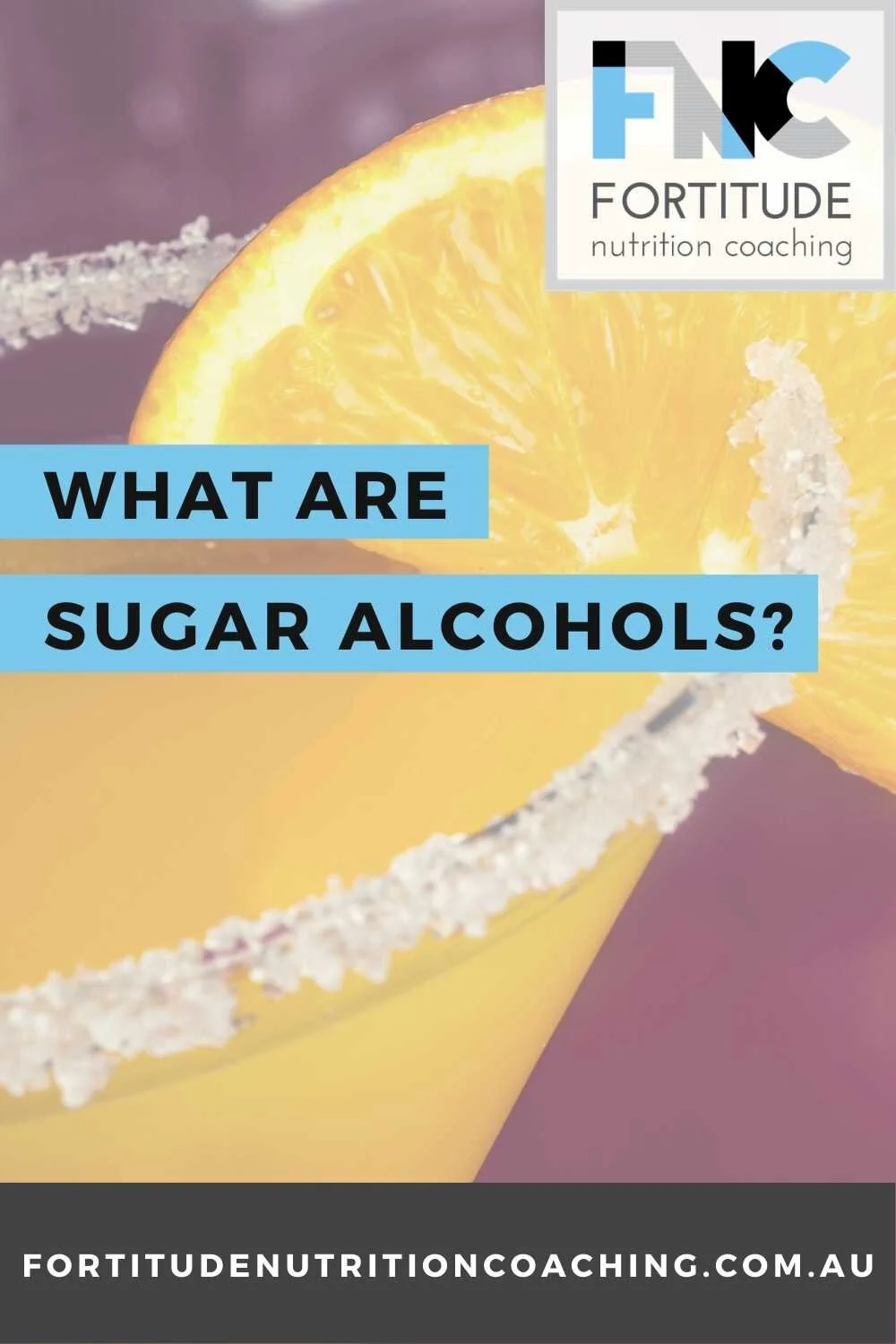What are sugar alcohols?
Sugar alcohols (also termed non-nutritive sweeteners) can be used in foods to enhance sweet flavour. Thanks to a food labelling loophole, they don’t need for them to contribute to the total carbohydrate content on food labels because they can't be technically categorised as a carbohydrate. However, they do need to be included on the ingredients list, and their energy (Calorie) content does contribute to the Calorie amounts listed on food labels. On the ingredients list, they're often identifiable through words that end in 'ol', such as mannitol, maltitol or erythritol.
The cool thing about sugar alcohols is that they can enhance taste for fewer Calories (on average), than straight carbs or sugar. Remember though, they're not Calorie-free. They do still contain Calories, ranging from close to 0 right up to to 4.3 calories per gram. This just depends on the specific type of sugar alcohol.
How do you track calories from sugar alcohols?
All it means is that the label might be confusing because the total reported protein, carbs and fat content won't match the reported total energy (Calorie) content listed on the label.
For example, using macros to equate Calories:
A portion of food with 10g protein, 2g fat and 10g carb would be equated via the following calculation.
Protein: 10g x 4 = 40 calories (1 gram of protein = 4 Calories)
Fat: 2g x 9 = 18 calories
Carbohydrates: 10g x 4 = 40 calories
Total Calorie content = 98 calories
However, if some of the carbs on the above portion of food were swapped for sugar alcohols the label might report 98 calories, but the reported carbohydrate content will be much lower than 10g, thus allowing the food to be marketed as 'low carb'.
This is why the Calorie number is king.
The total Calories of the food reported on the label still need to take into account the Calories coming from sugar alcohols. So the thing that actually matters will still be accurately represented on the label. It might just leave your reported or tracked amounts of carbs a little off compared to the actual amount of carbohydrates consumed. Is it a big deal? No.
If you tracking app or spreadsheet is causing any issues with sugar alcohols, the easiest way is just to add more carbs so that the total Calories add up.
For example,
Your protein bar is 100 Calories:
When you add up the protein, carbs and fats from the label your result is 88 Calories.
You have a difference of 12 Calories.
Remembering that 1 gram of carb + 4 Calories, we take the 12 and divide it by 4.
We have 3 grams to add to our carb total.
Are sugar alcohols bad? Should we avoid them?
There aren’t any indications that sugar alcohols are bad for human consumption. But in a practical sense they may only be consumed to a certain point because...
Do sugar alcohols cause gas or diarrhoea?
Sugar alcohol consumption can certainly 'get things moving'. This is why 'may cause laxative effect' needs to be reported on the food label. Individual tolerances and the effects of individual sugar alcohols in ‘gut upset’ related symptoms can vary.
1 on 1 Nutrition Coaching with Fortitude Nutrition Coaching
If you are looking for some help with your fat loss goal, trust our coaches to guide you through the process. Have someone there to look out for signs that might be stopping you getting results. It can really help to have an experienced, objective coach to support you each step of the way, look over your progress and give you the feedback to help cut out the confusion and uncertainty. If you are ready to start, hit the link below and let’s get you progressing towards your goal!

